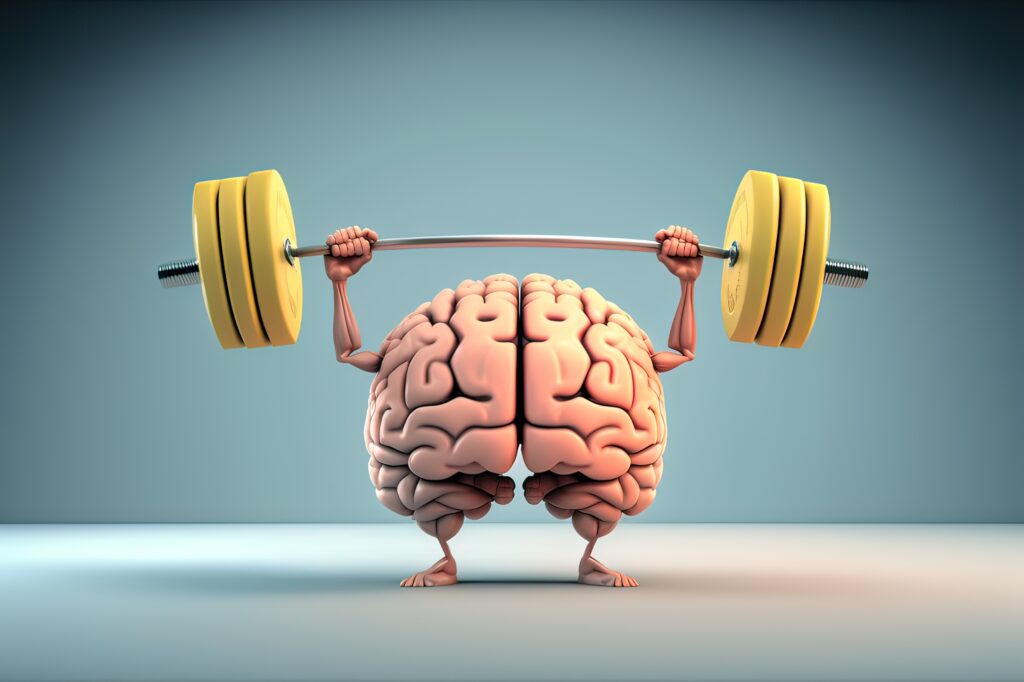

Columns/Blogs
Features
Mental Health
No more languishing: How HR leaders can help close mental health literacy gap
November 21, 2023
By
Bill Howatt
 Photo: Adobe Stock
Photo: Adobe Stock I frequently have the opportunity to do live talks to promote workplace mental health. One of those talked is called “No More Languishing.”
Its purpose is threefold: First, to educate about the difference between mental health and mental illness. Second, to introduce emotional literacy to review emotions’ role in our well-being. And third, to explore how mental fitness helps develop habits that support emotional regulation (i.e., staying calm under pressure).
These speaking experiences continue to re-enforce there is a big gap in worker’s and leader’s mental health literacy (i.e., general understanding of the difference between mental health and mental illness). The opportunity for mental health strategies and psychological safety initiatives to have meaningful impacts will be muted until employees and leaders understand mental health better and learn their roles in protecting and promoting it.
Mental health is like physical health regarding the outcome that defines success: healthy daily habits. Most people know healthy habits promote good diet and sleep, and exercise increases longevity. Developing healthy habits requires intention and conscious daily micro-decisions. The goal is to train the unconscious brain habit centre to engage in positive physical health habits effortlessly.
Many people do not understand how mental fitness habits can advance mental health. One critical driver is the percentage of time spent in unpleasant versus pleasant emotions. Are you aware of the amount of time you spend in each? Our research found that over 60% of the workforce is languishes (i.e., feels blah) most days.
A person who spends much of their day in unpleasant emotions is more prone to creating negative thoughts. This can result in a downward spiral that increases the probability they will spend more time languishing with no sense of how to feel well.
Emotions are nothing more than neurochemicals, and different emotions can facilitate different chemicals (i.e., hormones). For example, feeling overwhelmed, stressed and worried increases cortisol levels. This is not a problem in the short term. However, living with high cortisol for days and weeks can negatively impact one’s health. High cortisol levels can lower the immune system and increase the risk of catching the common cold.
What HR leaders can do to reduce languishing
HR leaders must acknowledge through a trauma-informed and inclusive lens that not every employee has had the same experiences or opportunities. Engagement, diversity and psychological health and safety researchers report that how employees feel predicts how much they will perform to their full potential.
There are no shortcuts or one-and-done solutions to workplace mental health. Like occupational health and safety, there is no goal line, and success requires constant learning and accountability.
One proactive goal for every employer is to help employees discover how to flourish more than languish. Employers and leaders must learn how they can positively impact workers’ mental and emotional well-being.
Understand the workplace environment’s impact on employees’ experience. Workplace environmental factors like direct leaders, peers, workload and role clarity can affect employees’ experiences. Employers can discover what psychosocial factors create drains and charges within their workforce and continue doing what is charging employees’ mental batteries and start mitigating drains. Employers interested in helping their employees flourish need to understand and accept that employers and leaders can create cultures that help employees thrive while achieving organizational goals.
Promote the benefits of employees developing emotional literacy. Dealing with emotions is a skill. Many people have never been taught to manage their emotions. Their emotions manage them. Becoming aware of the amount of time spent in pleasant versus unpleasant emotions is one step towards developing emotional literacy. Employers should introduce employees to emotional literacy, focusing on the difference between languishing and flourishing and how emotions influence thoughts and behaviours.
To help employees begin this journey, I created the Emotional State Predictor, a free online self-assessment that asks for no personal data. It allows them to learn what emotions they spend most of their time in. Moving from languishing to flourishing requires knowledge, skills and habits and putting oneself in an environment that supports emotional well-being.
The goal is to learn that how you feel is real. However, you do not need to be trapped in unpleasant emotions. You can learn new skills if motivated. Much like setting a physical health goal of losing 25 pounds, unlearning old habits and learning how to think and regulate unpleasant emotions takes time.
Provide mental fitness programs that facilitate two-way accountability. Many micro-skills can positively impact mental health. mfIQ promotes the five dimensions of body, thoughts, feelings, connections and influence, which are opportunities for workers to develop micro-skills that can support their mental health when transferred to habits.
mfIQ provides employers with real-time data on how their programs are working and how employees are experiencing workplace drains and charges. Allowing employees to develop personalized mental fitness plans is a proactive approach to improving mental health as it helps them develop healthy habits. A free e-book, The Best of Mental Fitness, aids employers and employees in understanding what micro-skills matter.
 Dr. Bill Howatt is the Ottawa-based president of Howatt HR Consulting.
Dr. Bill Howatt is the Ottawa-based president of Howatt HR Consulting.
Print this page